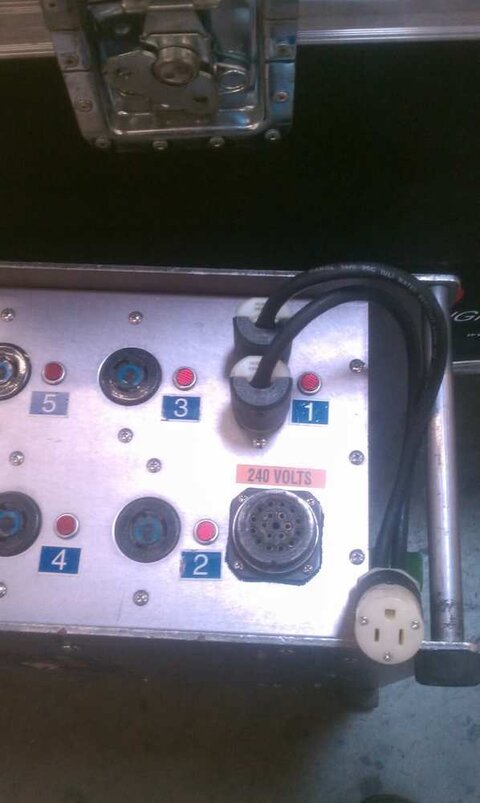This would probably be true, I did a rough design and neglected the system optimisation phase...
Depending on how you built this in terms of perhaps involving low voltage in the control systems, there may still be advantage in involving the dual step relays if there is a supply cap that would hold a charge and not disconnect quickly enough...
You could also expand the design for a three phase system, but all of this relies on being able to get the relevant phases of supply in the space you need them...
Oh and to solve the issue in a safe and compliant manner, use either a step up transformer (bearing in mind the reduced amount of current) or to have a qualified electrician install the relevant circuit for your needs.




